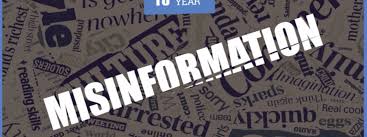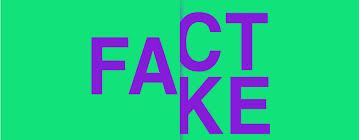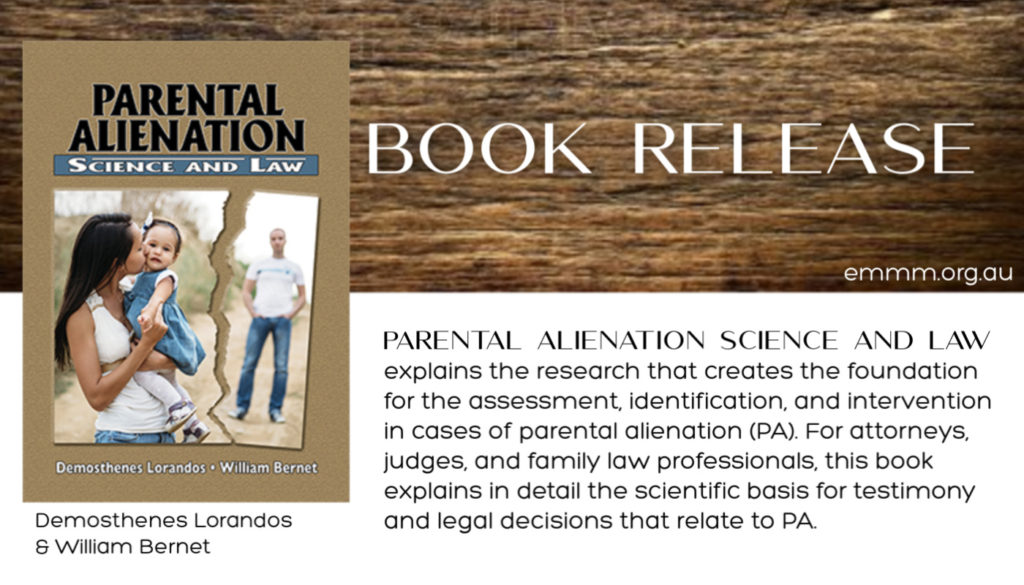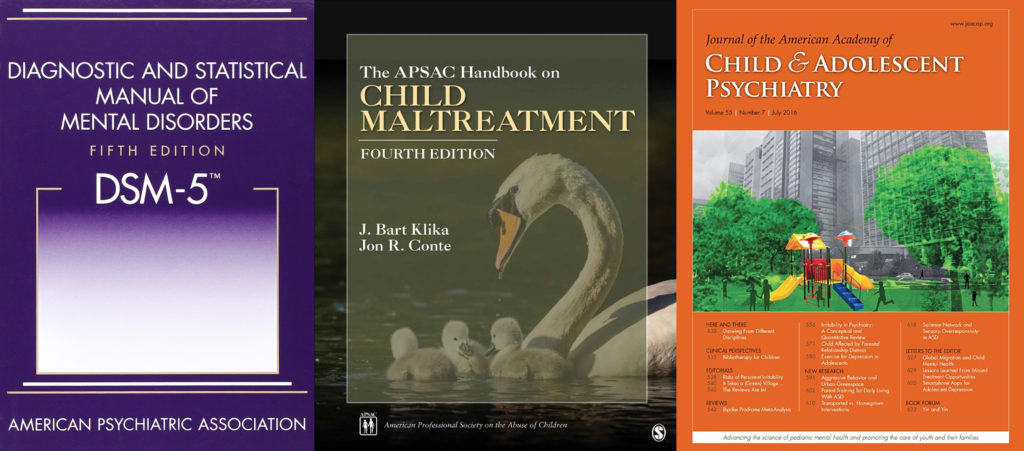We at PsychLaw.net know that parental alienation (PA) is a serious mental condition that affects hundreds of thousands of children and families in the United States and comparable numbers in other countries. Mental health professionals (MHPs), family law attorneys, and everyday citizens observe PA on a regular basis, even if they do not know that the phenomenon has a name, where it comes from, or what to do about it. PA is not new. PA has been observed for many decades and has been described and discussed in the scientific literature of MHPs, in legal literature and precedents, and in popular literature – although the condition has been called a variety of names other than “parental alienation.”
PA is a mental condition in which a child – usually one whose parents are engaged in a high-conflict separation or divorce – allies himself or herself strongly with an alienating parent and rejects a relationship with the target parent without legitimate justification.
Several features of the definition should be noted. PA can be conceptualized as a mental condition of the child (e.g., the child has a false belief that the rejected or “target” parent is evil, dangerous, or not worthy of love) or an aberration in the relationship between the child and the rejected, target parent (e.g., absence of communication and camaraderie between child and parent, even though they previously enjoyed a loving, nurturing relationship). We refer to “separation or divorce” because PA often occurs prior to legal divorce and in families in which the parents were never married in the first place. PA may occur in high-conflict marriages when the parents are still living in the same household. It is essential to recognize that the child’s rejection of the target parent is without legitimate justification. If a parent was abusive or severely neglectful, the child’s rejection of that parent is understandable or legitimate and does not constitute PA. It is best to follow the convention of most writers, who use “estrangement” to refer to warranted rejection of a parent and “alienation” to refer to unwarranted rejection. Finally, we realize that the target parent may not be a typically “perfect” mother or father and that the target parent may have contributed in some way to the child’s dislike of him or her. However, the essential feature of PA is that the child’s rejection of the target parent is far out of proportion to anything that parent has done to justify the rejection.
In the last eight decades, various authors have described the phenomenon of PA, but have provided different names for it. For example, Wilhelm Reich (1945) wrote that many divorced parents defend themselves against what he called “narcissistic” injury by fighting for custody of their children. He found that parents who experienced narcissistic injury often defamed each other and did so in front of the children. Louise Despert (1953) said, “It is a sharp temptation for the parent who remains with the child to break down their love for the one who has gone” (p. 52). Jack Westman and his colleagues (1970) wrote that a “pattern is found in which one parent and a child team up to provide an effect on the other parent. In these cases one parent appears to deliberately undermine the other through a child.”
Despert, J. L. (1953). Children of Divorce. New York: Doubleday.
Reich, Wilhelm (1945, 2006). Charakteranalyse [Character Analysis] [German] (8th ed.). Cologne, Germany: Kiepenheuer & Witsch.
Westman, J. C., Cline, D. W., Swift, W. J., & Kramer, D. A. (1970). Role of Child Psychiatry in Divorce. Archives of General Psychiatry, 23(5), 416-420.















